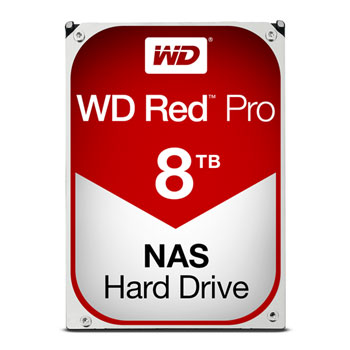

That’s where NAS drives come into play as they bridge the gap between desktop drives and enterprise drives.

Desktop drives aren’t built for the load and on-time required for 24/7 usage and as such shouldn’t be used in your NAS.

Hard drives might look the same on the outside, but they aren’t on the inside. That’s double the amount of the 8TB and four times that of the 6TB version.
#Wd red plus 8tb nas hard disk drive series
The drive also features the largest cache in the series as it comes with 256MB. The 10TB WD Red hard disk is rated for a sustained performance of 210MB/s. And it should note that just because I say slower, that doesn’t mean that this drive is slow. Depending on where you plan to locate your NAS, noise might be a vital factor. It makes them a little slower than their 7200RPM counterparts, but it also makes them less noisy. The Red series of hard disks have a spindle speed of 5400RPM. While you are limited to 8 drives in a unit with these, we got to remember that those still carry 80TB raw capacity for your storage pool. There are 2.5-inch drives as small as 750GB and everything in between. The 10TB version I’m testing today is the biggest version, but there are a lot more capacity options. With them, you can safely scale up to 16 bays.
#Wd red plus 8tb nas hard disk drive pro
If you require more drive bays, you should take a look at the Red Pro series instead. WD’s Red series is designed for SOHO users with a need of 1 to 8 drive bays. This large-capacity NAS hard disk doesn’t just bring increased capacity, it also features a bigger cache and a better performance. I have performed extensive tests with WD‘s Red series of drives and today it is time to take a look at the newest drive in the series, the 10TB model ( WD100EFAX).


 0 kommentar(er)
0 kommentar(er)
